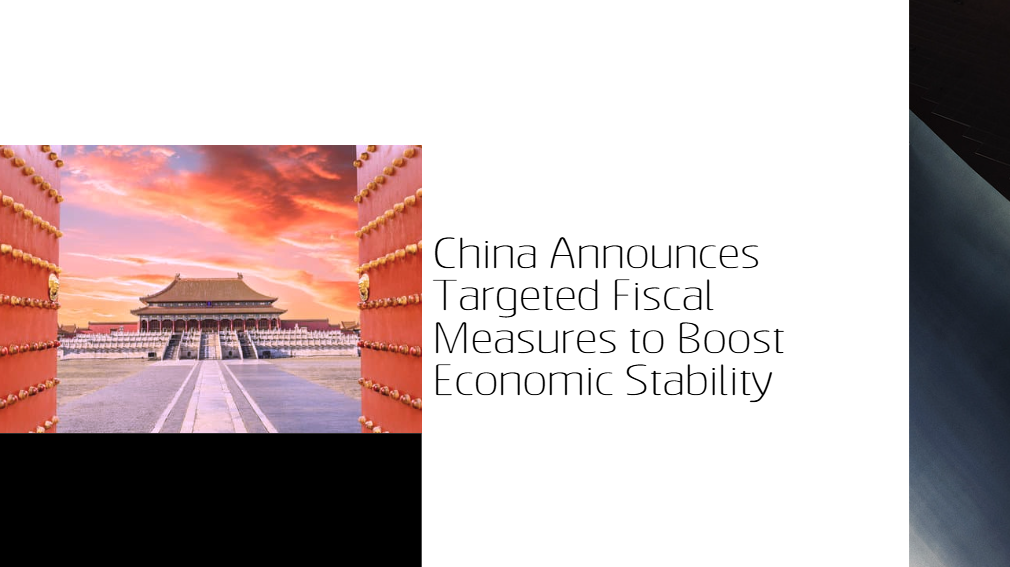Joint Effort for a Beautiful China: New Green Finance Measures Present Opportunities for the Financial Sector
On October 12, four major government bodies, including the People's Bank of China and the National Financial Regulatory Administration, jointly released a set of 19 key initiatives aimed at advancing the construction of a "Beautiful China." The focus of these initiatives is on four main areas: the development of pilot zones for green development, supporting key industries in transitioning to low-carbon practices, intensifying efforts in pollution control, and promoting ecological protection and restoration.
The document, officially titled "Opinions on Supporting the Construction of a Beautiful China," emphasizes the importance of enhancing the ability of financial institutions to provide green financial services. Banks, insurance companies, securities firms, and asset managers are encouraged to strengthen their internal management systems through improved mechanisms, streamlined processes, and the application of financial technology. This will help them offer more robust green finance products and services, including green bonds, green asset securitization, and sustainable lending.
The directive also highlights the need to focus on specific areas, such as regional environmental protection projects, carbon markets, and ecological environment-oriented development (EOD) initiatives. Additionally, it urges innovation in green finance products related to climate-focused investment, resource and environmental management, and green consumption.
In a recent report, Oriental Jincheng, a leading Chinese credit rating agency, noted that China has entered the later stages of industrialization, presenting significant challenges in achieving carbon peaking and carbon neutrality goals. The agency stressed that comprehensive financial support is essential to the full-scale advancement of the Beautiful China initiative. Green finance—through loans, investments, bond and stock issuance, insurance, and carbon finance—plays a crucial role in channeling funds into eco-friendly sectors, such as energy efficiency, renewable energy, and clean transportation. This, in turn, helps reduce pollution and fosters the growth of green industries, supporting both ecological restoration and the broader economic transition.
The agency further pointed out the rapid growth of China's green finance sector in recent years. Since 2017, the country has established green finance pilot zones in regions like Zhejiang, Jiangxi, and Guizhou. As of the end of 2023, the balance of domestic and foreign currency green loans had reached RMB 30.08 trillion, while the balance of green bonds stood at RMB 1.98 trillion. The national carbon emissions trading market has also been operating smoothly, with green insurance premiums and payouts growing steadily, and the green investment market maturing. International cooperation in green finance has been advancing as well.
Meanwhile, Galaxy Securitieshighlighted China's active steps in the green finance space as evidence of the country's unwavering commitment to reaching its carbon peaking and neutrality goals. Various financial instruments—from insurance and loans to bond issuance and fund creation—are being fully leveraged to support the development of clean energy, low-carbon technologies, and green transportation. Notably, these efforts not only promote the growth of green technologies and low-carbon projects but also present new business opportunities for financial institutions, offering significant potential for business expansion.
These comprehensive measures underscore the critical role of finance in driving green development and aligning with China's broader environmental and economic objectives. By actively participating in the green finance revolution, financial institutions can both contribute to national sustainability goals and capitalize on emerging market opportunities.






















































First, please LoginComment After ~